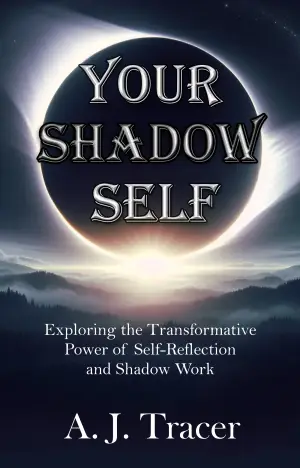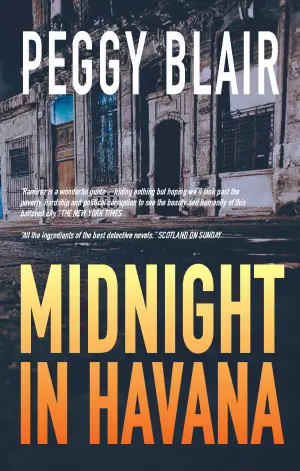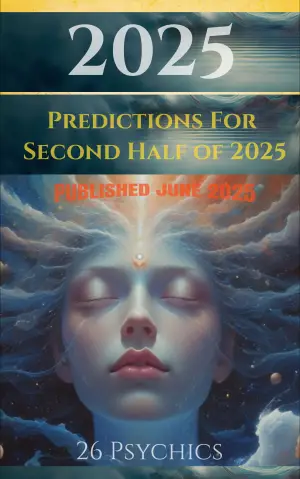Second Foundation: A Disappointing Conclusion in Asimov’s Classic Trilogy
From the moment I picked up Isaac Asimov’s Second Foundation, curiosity began to swirl. Here was the final culmination of a trilogy that had started with such ambitious notes in Foundation and Foundation and Empire. I was itching to see how all the threads would come together, particularly against the backdrop of that tantalizing quote: “a circle has no end.” Yet, as I delved into the pages, I found myself wrestling with lofty expectations that slowly collapsed under the weight of uneven execution.
As the third installment, Second Foundation aims to tie together the vast tapestry of its predecessors, diving deeper into the cosmic chess match between the First and the enigmatic Second Foundation. Throughout the first two books, we were drawn into the sociological ramifications of a crumbling galactic empire and the emergence of a foundation dedicated to preserving knowledge. But here, the stakes felt oddly muted. The characters flitted about, clever traps were laid, and then unceremoniously defused, yet I found little resonance with their struggles. The second foundation’s overwhelming powers left me questioning the tension that once kept me engaged; the sense of agency was all but nullified in an endless loop of mind games.
For instance, when the Mule—a character introduced as a formidable threat—faces the Second Foundation, the outcome felt disappointingly anticlimactic. His earlier promise fizzled out, leading to a narrative where characters spoke of his downfall with a mix of pity and disdain. I yearned for more depth in the way his story was handled. Instead of a fierce antagonist worthy of palpable empathy, he became, as described in the text, a “freak,” his legacy reduced to a tragic caricature of his former self.
Then there’s Arkady Darell, who becomes a central figure in the latter half. I wanted to champion her spirit, that rebellious spark of a teenager fighting to uncover truths. Yet, as her story unfolded, I felt the weight of a narrative machinery that sought to rein her in. Throughout the tale, women seemed to be mere puppets in a grand design, their potential and bravery co-opted by the manipulative forces of the Second Foundation. The frustrating irony struck me: Can you genuinely root for a faction that claims superiority through manipulation?
Asimov’s prose, while methodical, also stumbled in places. The narrative felt bogged down by convoluted “who knows what” scenarios, resembling a script ready for a comedic spin rather than a serious sci-fi epic. I’ll be frank—amid moments of tension, I sometimes caught myself snickering, wondering if I was reading a classic or a playful parody.
Ultimately, my heart sank as I closed the book. It felt less like a grand conclusion and more like an unsatisfying wrap-up. The themes, once so rich, seemed to evaporate, leaving behind a thin narrative that barely grazed the topics it initially sought to explore.
Second Foundation may resonate with die-hard fans of classic science fiction who appreciate Asimov’s original ideas but may leave others feeling curiously adrift. I found fleeting moments of insight and even emotional connection, particularly with characters whose potential was all too evident yet left unrealized. It was a peculiar reading experience—equal parts nostalgia and regret. I still cherish the wonder of Foundation, but as I move on to the Robot series, I hope for a deeper exploration of character and theme.
If you’re a sci-fi aficionado, take this journey for its historical value, but prepare for a finale that may leave you pondering what could have been.
Discover more about Second Foundation (Foundation, #3) on GoodReads >>












